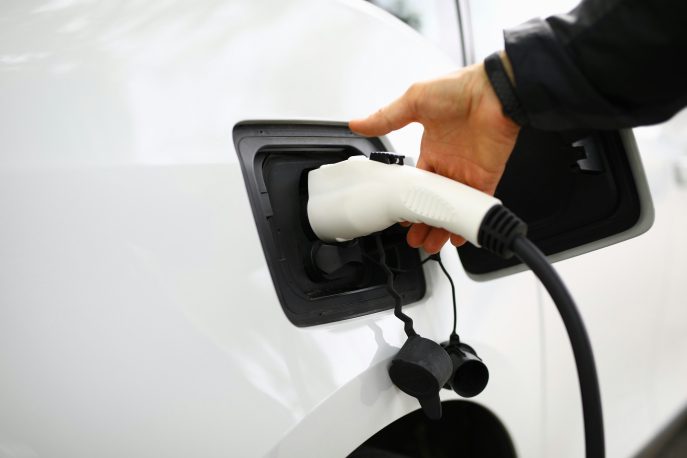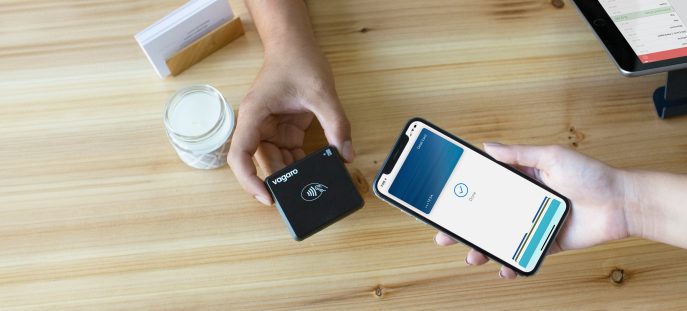Understandably, it may sound like wishful thinking. But it’s possible to get a small business loan even if your credit history isn’t impeccable.
At one time or another, you might need to consider financing for your business. However, if you’ve had problems paying off business loans in the past, you may hesitate to ask for a new one.
But there’s no reason to worry. Bad credit doesn’t necessarily make it impossible for you to qualify for a loan.
Applying for a small business loan is still an option as long as your business meets certain criteria.
This article explains if it’s possible to get a small business loan with bad credit, with tips on who to improve your credit score.
How Do I Get a Business Loan With Bad Credit?
A credit score of 300 to 629 is considered bad. Here’s what you can do when applying for a loan if your score is in that range.
#1 – Offer Collateral
Collateral mitigates lender risk in approving your loan. There are a few types of collateral you can offer.
- Personal guarantee (your personal assets)
- Outstanding customer invoices
- Equipment
- Business real estate
- Savings accounts
Whichever option you choose, the lender can seize the asset in the event of a default. As such, you’ll want to account for unexpected business downturns that may prevent you from repaying the loan as scheduled.
Generally, it’s best to use an asset that you don’t mind losing for collateral purposes.
#2 – Ask for a Low Amount
You’ll need to determine what’s necessary to cover the specific business need for the loan, preferably based on your current financial standing and business plan.
That will show the lender that you’ve carefully considered your application and where to allocate the money. Also, a good business plan will allow you to pay off the loan easier.
On top of the business plan, the other helpful documents include:
- Financial forecasts
- P&L statements
- Balance sheets
Additionally, your business plan should propose how you plan to cut overheads and variable costs. You may also want to address how you expect to bring in additional revenue.
All of the extra work will allow you to determine a realistic loan amount. It shows lenders that you’ve taken the necessary steps to ensure you’ll be able to repay the loan.
#3 – Figure out Your Current Credit Position
Before applying, you need to know exactly where your business stands. That’s ideally after you’ve done your best to improve your credit score.
But it wouldn’t hurt to assess your recent personal and business credit reports when you apply. That will give you a better idea of the type of loan and amount you qualify for.
In Australia, you’re entitled to one free credit report a year. After that, you can request supplementary scores to get a better overview of your current financial standing.
#4 – Include a Co-Signer
The co-signer of your loan is ready to take on some of the responsibility of repaying the loan. Needless to say, the lender will also access the person’s credit history.
To qualify for the best small business loan, your co-signer needs to have a sparkling credit history. On top of that, the person or business must have enough funds to service the debt if you default.
#5 – Eligibility Requirements
Depending on the type of loan, you’ll have to meet lender requirements.
Traditionally, lenders will concentrate on your personal credit and business history. But, if you choose to go with alternative lenders, they might require your business to meet other criteria. For example, it’s not uncommon for lenders to ask for proof of revenue in the past year.
To avoid applying to something you’re ineligible for, you should take the time to assess small business loan terms with a number of lenders. Pick one that best meets your current finance and credit history.
#6 – Choose the Loan That Best Fits Your Needs
Getting a small business loan with bad credit means that you need to pay attention to the type of loan. Some of the available options include:
- Microloans
- Merchant cash advance
- Bank loans
- Credit cards
- Fintech lenders
There are even more options, but the idea is to assess the pros and cons of each before you choose one that works best for your business needs and current financial standing.
For example, microloans are usually easy to get for those with a poor credit history. But the loan amount is also micro and high interest rates are a distinct possibility.
How to Improve Your Credit History
First of all, you should do your best to repay the loan on time. It helps if your outstanding balance is as low as possible.
Also, you’ll want to avoid multiple active credit lines or at least lower the credit limits before applying for new credit.
Lastly, it’s critical to keep your personal and business credit history separate.
Why?
Poor personal credit history may not affect your business credit application as long as you keep the business is creditworthy.
Get a Small Business Loan, No Matter What
When all is said and done, it’s not impossible to get a small business loan with a bad credit history.
However, you need to show the lenders that you’re determined to improve your credit history. It’ll help to create a business plan that demonstrates you’ve come up with a strategy to repay the loan.
And if you need further assistance, Unsecured Finance Australia is here to help.
Apply online and you can receive your approval within 24 hours.


